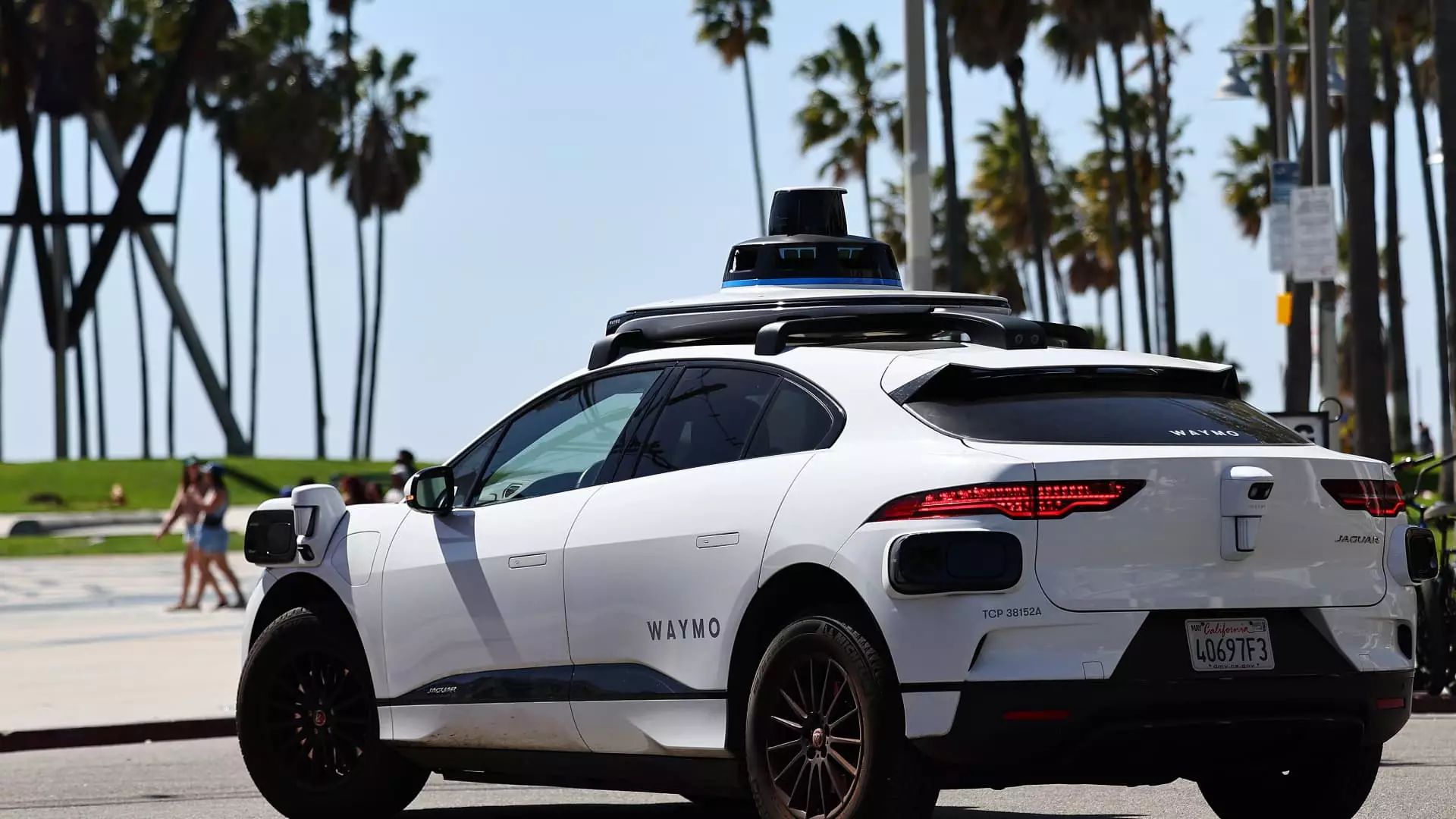In a significant milestone for the autonomous vehicle industry, Waymo has secured a staggering $5.6 billion in its latest funding round, aiming to bolster its robotaxi service beyond its existing markets of Los Angeles, San Francisco, and Phoenix. This investment is not merely a financial victory; it marks a critical juncture for Waymo as it attempts to scale its operations and solidify its position as a leader in the autonomous vehicle space. As part of the Alphabet Inc. family, Waymo benefits from extensive financial backing, with Alphabet itself leading this round alongside other prominent investors like Andreessen Horowitz (a16z), Fidelity, and Tiger Global, contributing to its total funding surpassing $11 billion.
The co-CEOs of Waymo, Tekedra Mawakana and Dmitri Dolgov, have articulated their vision for the future, emphasizing the need for this capital to expand rider access to their Waymo One service. They also indicated plans to further develop the Waymo Driver technology for commercial applications. This highlights a dual approach: addressing consumer needs while also paving the way for partnerships that could revolutionize city transportation as a whole.
The Unique Position of Waymo
Unlike many competitors dabbling in autonomous vehicle trials, Waymo stands out by offering a commercially operational robotaxi service within major urban centers. This unique positioning affords Waymo an undeniable edge, as it has already begun gaining traction with specific consumer demographics, particularly women and families with safety concerns related to traditional ride-hailing services. By enabling passengers to hail rides through the Waymo One app, the company conducts over 100,000 trips weekly—an impressive feat that speaks volumes about the growing acceptance of robotic taxis.
Moreover, Waymo’s recent collaboration with Uber to launch its robotaxi services in Austin—notably the city housing Tesla’s headquarters—illustrates how multi-faceted partnerships can enhance market accessibility. This strategic relationship demonstrates Waymo’s commitment to leveraging established platforms to flourish in new markets.
Competition and Challenges in the Autonomous Driving Sphere
Despite Waymo’s advancements, the autonomous vehicle sphere remains fiercely competitive. Tesla’s CEO Elon Musk continually promises a breakthrough in self-driving technology, stating that Tesla would unveil a driverless ride-hailing service in Texas and California as soon as next year. However, while Tesla makes headlines for its ambition, Waymo has already transitioned from promises to practice.
The competition extends to General Motors’ Cruise, which has been a key player in the autonomous landscape. Nevertheless, Cruise’s recent operational pause following an incident in San Francisco, where a pedestrian was caught in an unfortunate chain of events involving both a Cruise AV and a human-driven vehicle, underscores the challenges faced by all autonomous vehicle companies. Such incidents not only pose safety concerns but also cast doubt on the broader acceptance of autonomous driving technologies.
Public sentiment surrounding autonomous vehicles remains a significant barrier to widespread adoption. A Pew Research Center survey indicated that nearly two-thirds of respondents are reluctant to ride in a driverless vehicle, reflecting a national skepticism that many in the industry must confront. Waymo’s insistence that its vehicles reportedly have fewer accidents than human-driven cars provides data-driven reassurance, but it is clear that real-world experiences and perceptions will dictate the pace of acceptance.
Waymo has taken proactive measures by initiating software recalls aimed at enhancing safety protocols amidst reports of traffic disruptions and improper navigation maneuvers. Although no fatalities or severe injuries have been linked directly to Waymo’s operations, the need for continual improvements cannot be overstated, particularly as consumers become increasingly discerning about the safety and reliability of driverless technology.
Looking ahead, Waymo is ready to embrace new technological frontiers. Its future robotaxi, the Geely Zeekr, will incorporate bespoke sensors and AI to refine the driving experience. Notably, a strategic partnership with Hyundai to integrate the Ioniq 5 electric vehicle into Waymo’s fleet highlights an exciting direction toward enhancing both the ecological and technological aspects of ride-hailing services.
Furthermore, expanding operations to tackle harsher environmental conditions in states outside the sunbelt signals Waymo’s ambition to offer a truly national service. By venturing into diverse climates, including regions that experience inclement weather, Waymo aims to demonstrate the robustness of its technology and broaden its footprint.
As Waymo navigates the complexities of expansion and technology advancement, it stands at the forefront of a paradigm shift in urban mobility. With continued investment and focus on consumer safety, Waymo may well lead the way in redefining transportation for generations to come.

